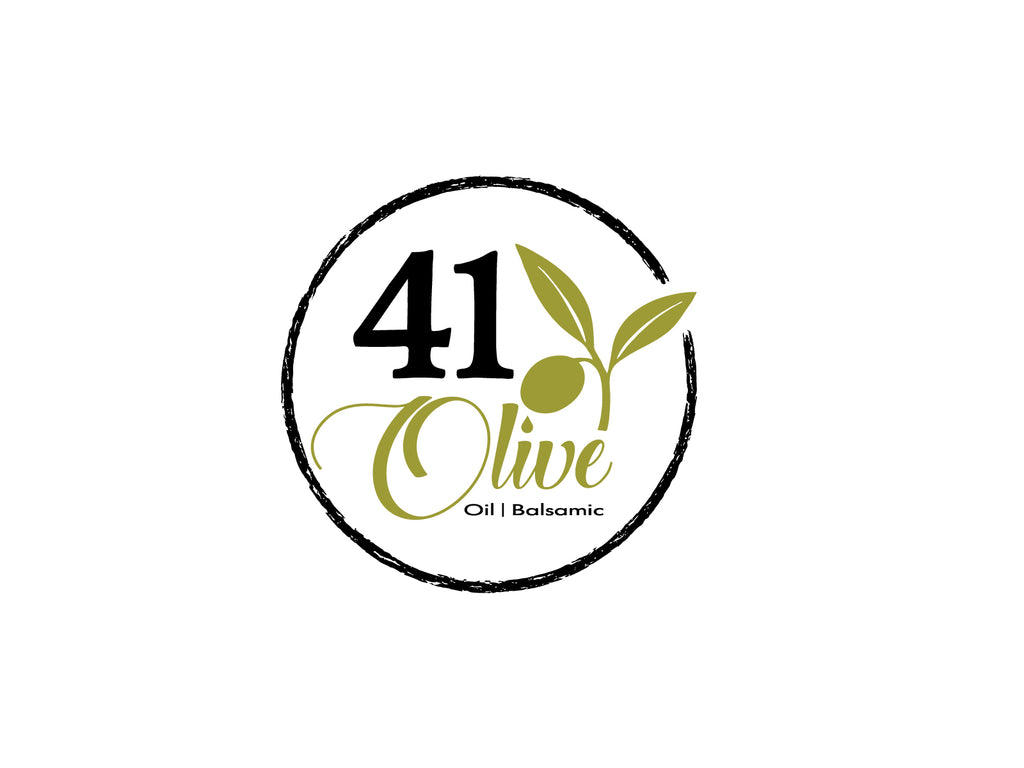Innovative Ways to Use Balsamic Vinegar in Your Cooking
Balsamic vinegar, with its rich and complex flavors, is a staple in many kitchens worldwide. Yet, its potential extends far beyond the classic salad dressing or bruschetta drizzle. This versatile ingredient can elevate a variety of dishes, adding depth and a touch of elegance. In this blog, we’ll explore fresh, creative ways to incorporate balsamic vinegar into your culinary repertoire, offering novel ideas that go beyond the traditional uses.
1. Sweet Meets Savory: Balsamic Glazed Fruits Balsamic vinegar can transform fruits into a gourmet treat. Try caramelizing strawberries, peaches, or figs by simmering them in balsamic vinegar with a hint of honey. This creates a luscious glaze that can be used as a topping for ice cream, yogurt, or even grilled meats, bringing a sweet yet tangy contrast.
2. Enriching Soups and Stews: Add a splash of balsamic vinegar to soups and stews for an unexpected depth. Particularly in tomato-based soups or beef stews, the vinegar enhances the natural flavors, adding a subtle tartness that balances the richness of the dish.
3. Crafting Balsamic Reductions for Desserts: Create a balsamic reduction by simmering the vinegar until it thickens into a syrupy consistency. This reduction pairs beautifully with desserts, especially those featuring chocolate or berries. Drizzle it over a chocolate tart or mix it into whipped cream for an intriguing flavor twist.
4. Balsamic Marinades and Rubs: Use balsamic vinegar as a base for marinades and rubs. Combine it with olive oil, garlic, and herbs for a marinade that tenderizes meats and infuses them with flavor. Alternatively, create a dry rub by mixing balsamic powder with spices such as smoked paprika and black pepper for a unique seasoning blend.
5. Balsamic as a Pickling Agent: Experiment with quick-pickling vegetables using balsamic vinegar. Thinly slice cucumbers, radishes, or red onions and immerse them in a mixture of balsamic vinegar, water, and a pinch of sugar and salt. Let them sit for a few hours to create tangy, flavorful pickles that can be used in salads or as a garnish.
6. Elevating Grain Dishes: Drizzle balsamic vinegar over grain salads or risottos. It adds a burst of flavor that complements grains like quinoa, farro, or barley. For an extra layer of taste, toss in roasted vegetables and feta cheese for a wholesome, satisfying dish.
Conclusion: Balsamic vinegar is a culinary chameleon, capable of enhancing both sweet and savory dishes with its unique taste profile. By exploring these innovative uses, you can unlock new dimensions of flavor and creativity in your cooking.
Whether you're glazing fruits, enriching soups, or crafting gourmet marinades, balsamic vinegar offers a world of possibilities to transform everyday meals into extraordinary dining experiences. Embrace this versatile ingredient and let it inspire your next culinary adventure.
